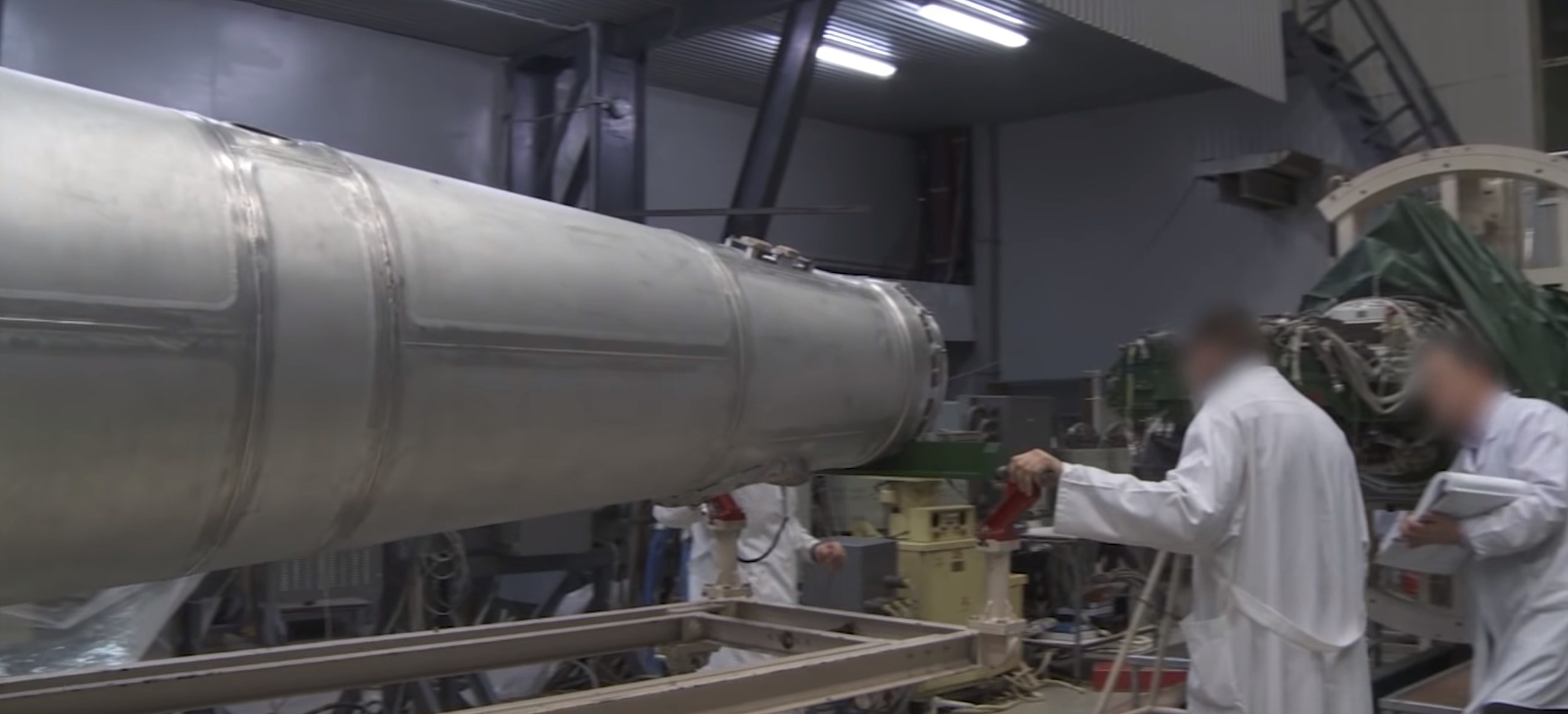In brief: The hypersonic weapon being built by Russia has run into production troubles. The Avangard glide vehicle, which can travel at more than 20 times the speed of sound, requires a new source of carbon fiber as the country's current supply of the material cannot withstand the extreme temperatures of hypersonic flight.
Back in March last year, Russian president Vladimir Putin made a speech in which he unveiled several new weapons under development. One of these was the Avangard hypersonic boost-glide weapon, which can penetrate US missile defenses while carrying a nuclear warhead.
Putin said the device had already entered serial production, but CNBC learned in October that the Kremlin was looking for another carbon fiber material due to the current supply's shortcomings. According to the latest report, it still hasn't been able to find an alternative.
"It's expected that they will make no more than 60 of these hypersonic weapons because it's just proving to be too expensive to develop," an anonymous official told the publication.
As Russia has prioritized the Avangard program, it's set to achieve operational capacity by next year, according to people with direct knowledge of the US intelligence report. The system has been successfully tested twice, though a third test failed when it crashed before hitting a target.
As noted by Engadget, Russia hopes to build 12 of the weapons by 2027, so it will be a long time before it can make 60. The US, meanwhile, hopes to have its own hypersonic missiles by 2023.
